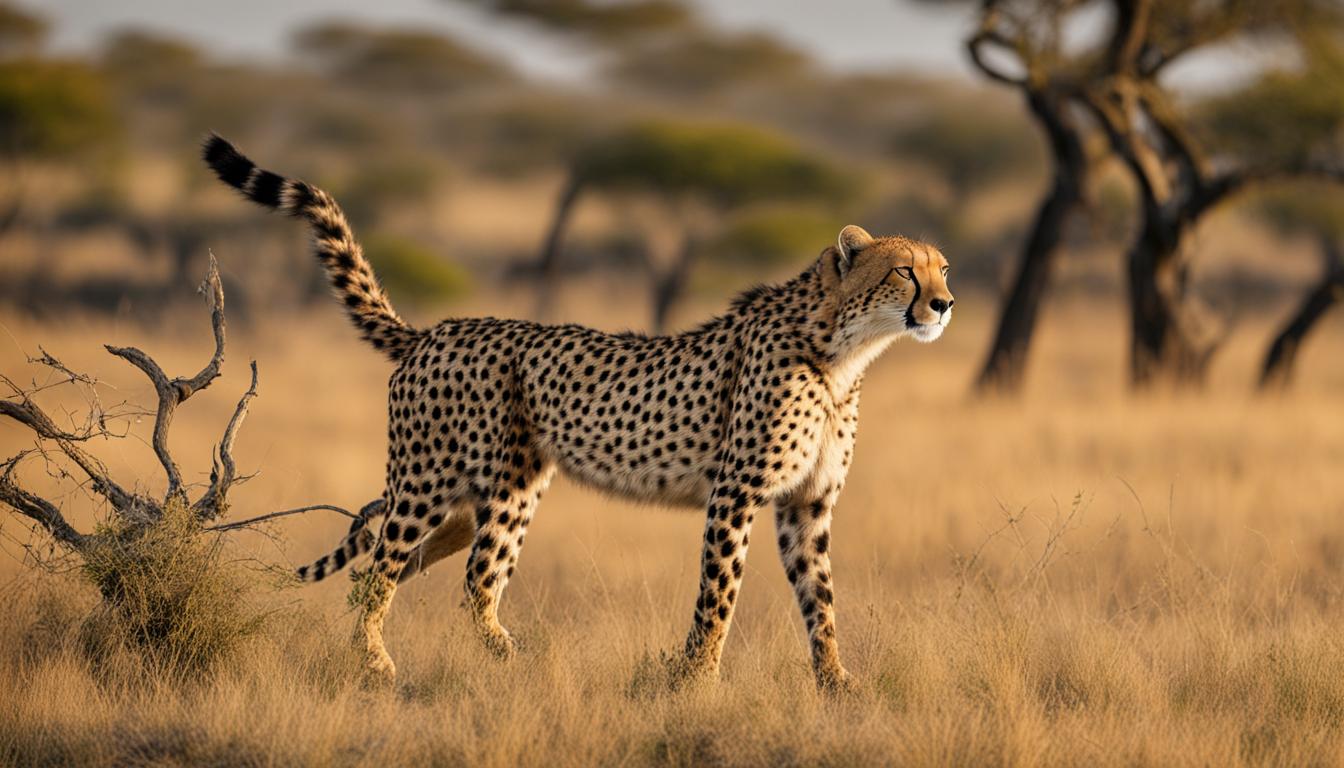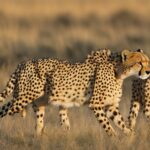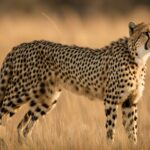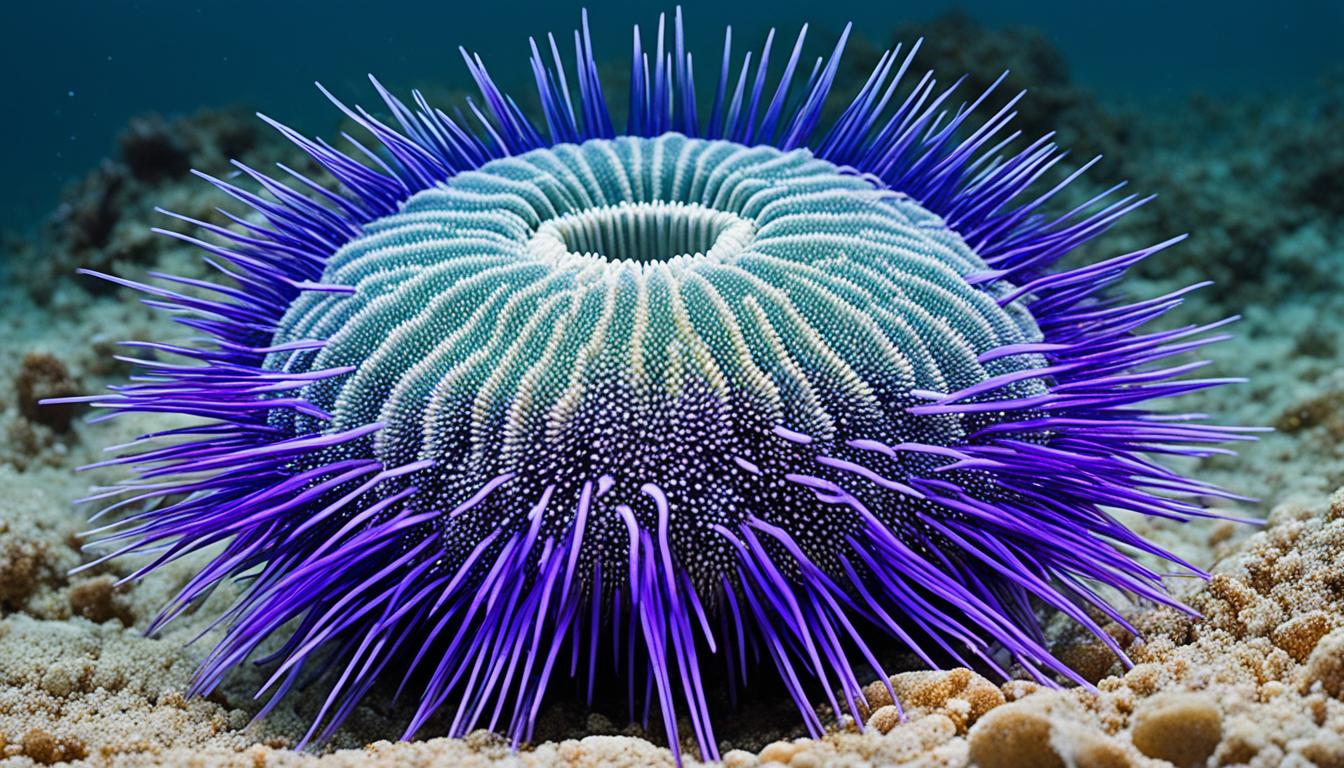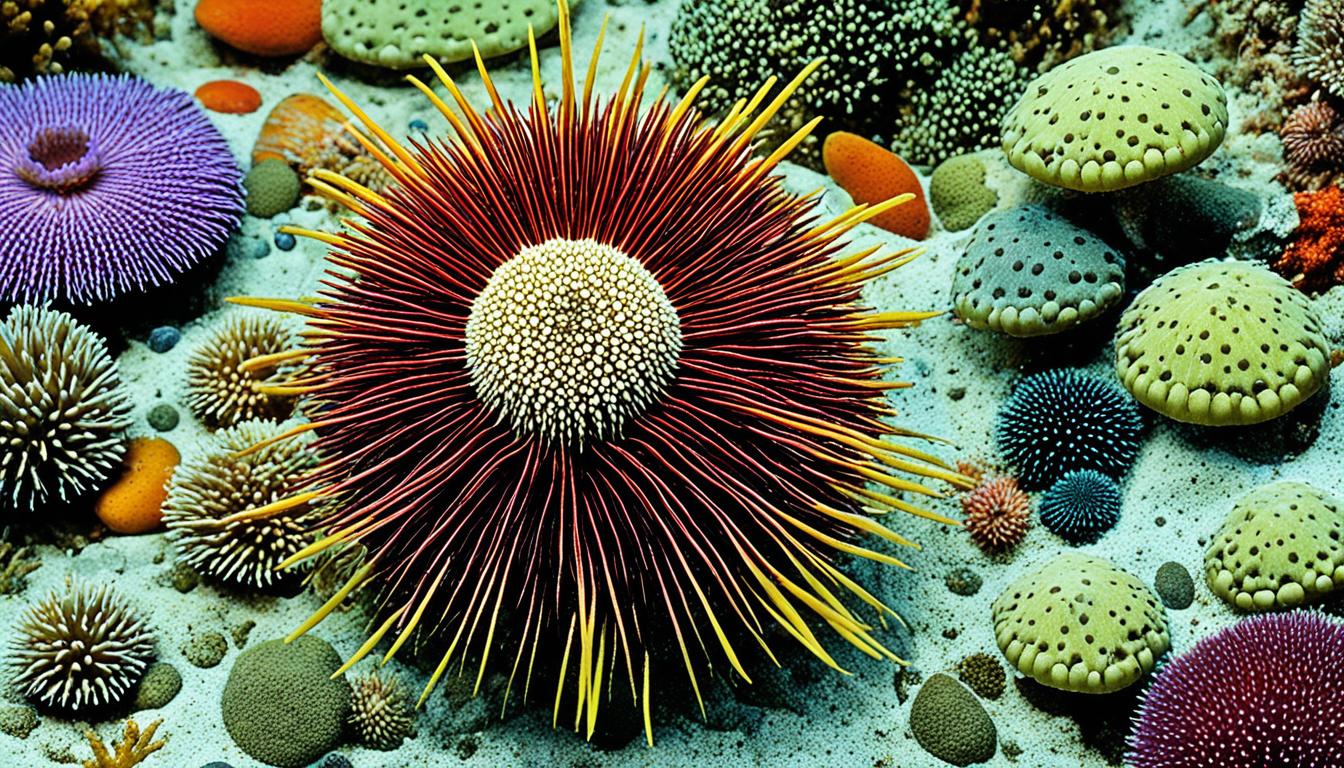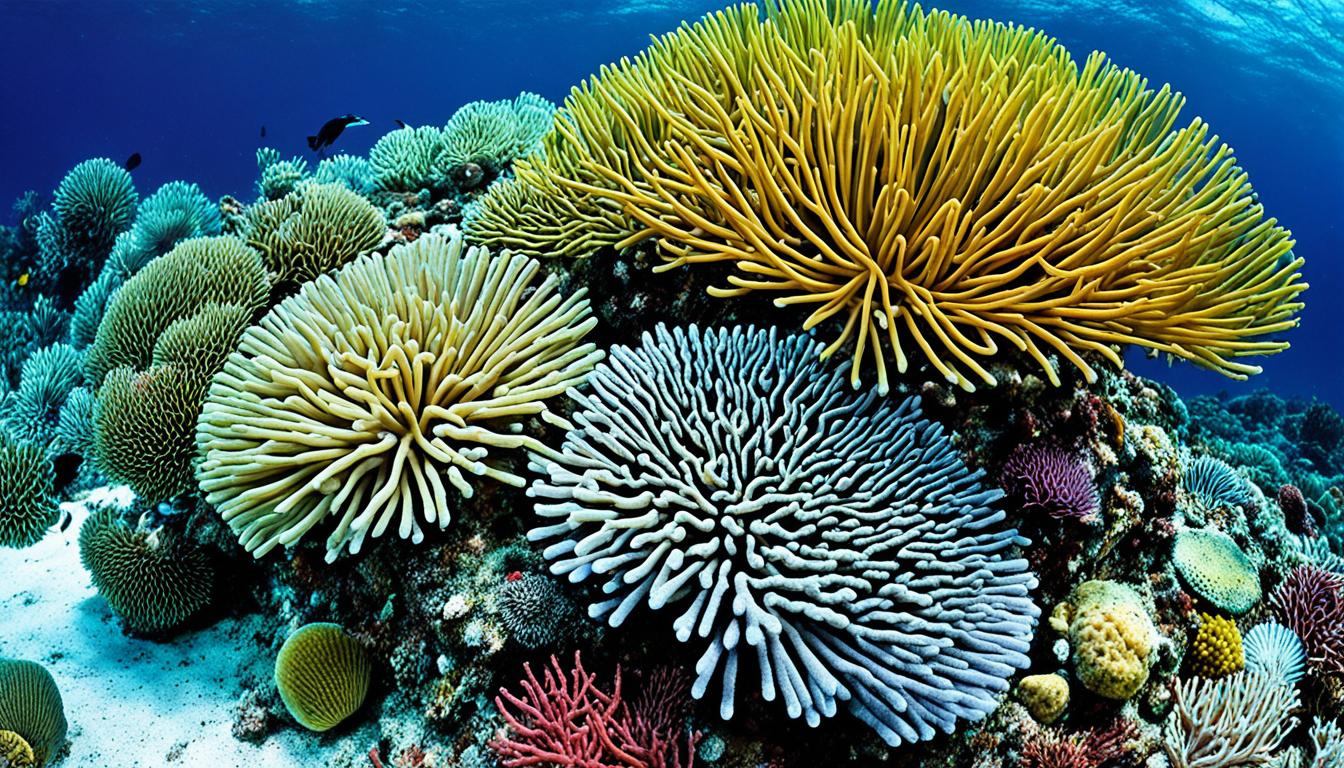Are you curious about the climbing abilities of cheetahs? In this article, we will explore whether cheetahs have the skills and agility to navigate trees. While cheetahs are renowned for their speed and ground-based hunting techniques, they do possess the capability to climb trees in certain situations.
Table: Comparison of Tree-Climbing Abilities
| Cheetahs | Leopards | Lions | |
|---|---|---|---|
| Claw Strength | Weaker and semi-retractable claws | Strong and retractable claws | Strong and retractable claws |
| Leg Muscles | Less muscular and adapted for running | Muscular and adapted for climbing | Muscular and adapted for climbing |
| Tree-Climbing Ability | Can ascend to lower branches but not high trees | Highly skilled climbers, can reach great heights | Limited climbers, prefer ground-based activities |
Cheetah Cubs and Tree Climbing
Cheetah cubs are known for their impressive climbing skills and agility in trees. As they grow older and larger, adult cheetahs become less adept at climbing trees due to their increased weight and reduced flexibility. However, while cheetah cubs may excel at climbing, their tree-climbing abilities are still not on par with other big cats like leopards.
Young cheetahs often use trees as a playground, honing their climbing skills while engaging in playful activities. The smaller size and lighter body weight of cheetah cubs make it easier for them to maneuver through tree branches with agility and ease. Tree climbing provides valuable exercise for cubs, helping them develop their muscles and coordination.
Despite their natural climbing abilities, adult cheetahs are more inclined to stay on the ground for hunting and other activities. Their focus is primarily on utilizing their incredible speed to chase down prey. While they may still be capable of climbing trees to an extent, it is not a behavior commonly observed in adult cheetahs.
The Benefits of Tree Climbing for Cheetah Cubs
Tree climbing plays a vital role in the development of cheetah cubs. It helps them build strength, coordination, and balance. By navigating tree branches, cubs enhance their agility and acrobatic skills, which are essential for survival in the wild. Additionally, climbing trees allows cubs to gain a better vantage point to observe their surroundings and learn valuable hunting techniques.
| Benefits of Tree Climbing for Cheetah Cubs |
|---|
| Development of strength and coordination |
| Enhancement of agility and acrobatic skills |
| Improved observation and hunting techniques |
Overall, the ability of cheetah cubs to climb trees not only contributes to their overall physical development but also prepares them for their future as independent adult cheetahs. While adult cheetahs may not rely heavily on tree climbing, it is an integral part of their early life experiences that shape their skills and behaviors.
Conclusion
In conclusion, cheetahs possess the ability to climb trees, although it is not their primary behavior. While they are renowned for their remarkable speed and agility on the ground, cheetahs can climb trees for specific purposes such as play, marking territory, surveying their surroundings, hunting, and seeking refuge.
Their climbing ability is influenced by various factors, including their weak claws, lack of muscular strength, and preference for terrestrial activities. Although cheetahs can ascend to lower tree branches and maintain balance with their long tails, they cannot climb very high trees due to their physiological differences from other climbing cats.
Notably, cheetah cubs demonstrate greater proficiency in tree climbing compared to adult cheetahs. Their smaller size and lighter body weight enable them to maneuver more easily among tree branches, utilizing their climbing skills as part of playful activities. Nonetheless, as cheetahs grow older and larger, their agility diminishes, making tree climbing more challenging.
In summary, while cheetahs possess the capability to climb trees, it serves as a secondary behavior for them, rather than their primary mode of locomotion. Their exceptional climbing ability is a testament to their physical prowess and agility, complementing their renowned status as the fastest land animals.
Do Cheetahs and Leopards Share Similar Climbing Abilities?
While both cheetahs and leopards are exceptional climbers, their abilities differ. Cheetahs mainly climb to scan their surroundings, while leopards are known for their adept climbing skills. The leopard mating and reproduction cycle influences their behavior, leading to different climbing habits.
Can Cheetahs Climb Trees to Protect and Raise Their Cubs?
Cheetahs are skilled hunters, but they are not known for climbing trees. Instead, they prefer open grasslands where they can reach their top speed. The process of cheetah birth takes place on the ground, where the mother can protect and raise her cubs in a safe and hidden location.
FAQ
Can cheetahs climb trees?
Yes, cheetahs have the ability to climb trees, although it is not their primary behavior.
Why do cheetahs climb trees?
Cheetahs climb trees for various reasons, including play, marking territory, surveying surroundings, hunting, and seeking shelter.
How do cheetahs climb trees?
Cheetahs utilize their weak and semi-retractable claws, rough paw pads, small body weight, and long tail to climb trees.
Do cheetahs climb trees with prey?
No, unlike leopards, cheetahs are not strong enough to haul their prey up into trees.
Why can’t cheetahs climb very high trees?
Cheetahs have weak claws, less muscular legs, and are primarily adapted for running on the ground rather than climbing trees.
What about cheetah cubs and tree climbing?
Cheetah cubs are more adept at climbing trees compared to adults due to their smaller size and lighter weight.

